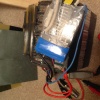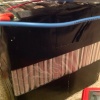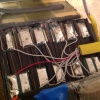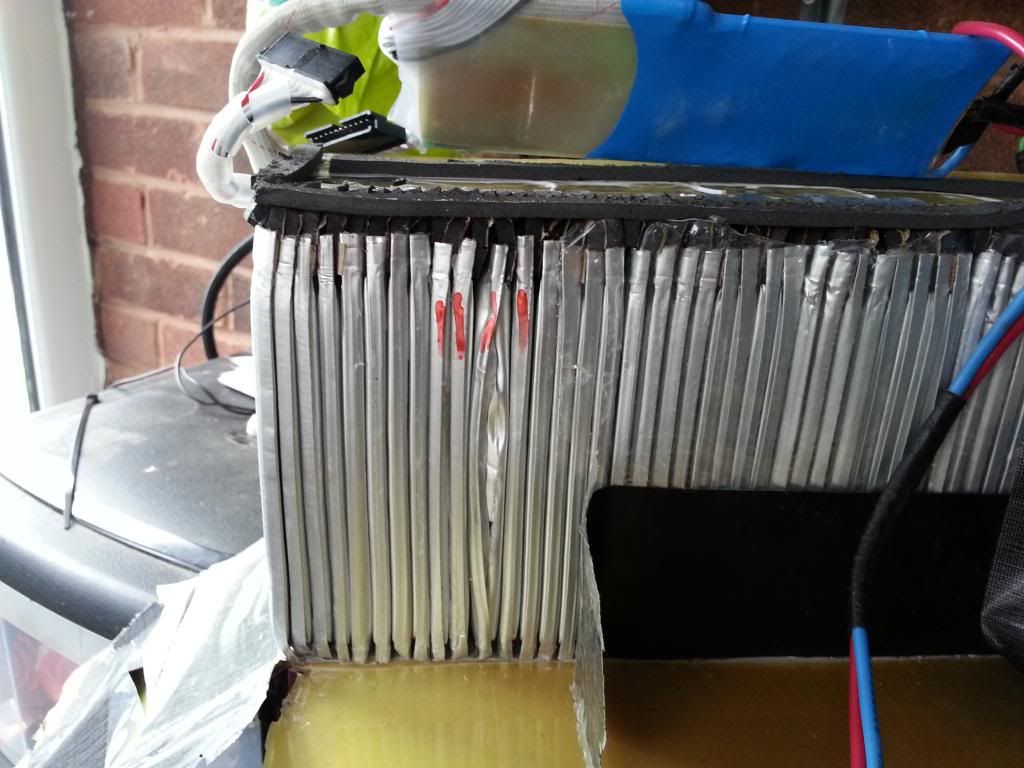Okay, so out of the 12 LiFePo4 cell pairs, 10 of them settled at 3.6V after a full charge (allowing sufficient time for the internal chemistry to stabilise: from 3.7/3.8V immediately after end-of-charge, to 3.6V after ~30mn or less).
The 2 remaining cells settled at ~3.3V, i.e. slightly above nominal voltage (which is reassuring). These 2 cells are therefore not dead, but there is however a clear discrepancy in SoC (State of Charge). From what I read, this can happen, and it has an adverse effect only on mileage (no damage to the pack). The ride autonomy is reduced because the BMS shuts down at the LVC (Low Voltage Cutout) of 2.1V for any given individual cell when under load (discharge). Because one of my cells was notably imbalanced (way below median capacity), this was enough to shut down the whole pack despite the other cells still having plenty of juice left in them). The Cycle Analyst (or any voltmeter) was hinting at a healthy pack, because the low capacity of the culprit cell was only detectable during a significant discharge rate (voltage sag under load).
Note that the charging voltage ceiling threshold for any given cell is 3.9V (with the Li Ping v2.5 BMS, when charging the entire pack as a whole), so it may well be that the great imbalance with 1 or 2 cells forced the charging cycle to end "prematurely", in the sense that the remaining 1 or 2 cells were left under maximum capacity.
When I first individually-charged the weak cell (after a full charge cycle with the official charger/BMS combo), it took about 40 minutes, so clearly it needed a proper top-up (which the built-in BMS somewhat did not achieve, probably due to the great imbalance). Same remark about the second weak cell, albeit not to the same extent (it needed less of a "booster" charge via the Turnigy). Now that I have forced a top-up of the individual weak cells, I am expecting a much better mileage (i.e. LVC at 2.1V should occur later).
So, I'm now going to leave the official Li Ping charger attached to the BMS for a few days, to see if the pack balances better. That's with a green charger LED instead of red, which indicates that the main charging phase has ended, and the charger is actually pushing virtually no amps (unit is barely warm), producing the full 45V. Apparently the Li Ping BMS must be connected to a power source for balancing to occur. I wrongly assumed that the blinking red LEDs on the BMS (whilst the charger is disconnected) are a indication of active balancing, but it seems that's not quite the case.
Daniel















